Many of Mexico’s most famous traditional arts and crafts come from indigenous Oaxaca. Head to the stores in this guide to discover the region’s rich cultural heritage and for the best shopping in Oaxaca City.
Check out more Oaxaca travel guides, tips, and recommendations here.
Oaxaca City’s Best Shops for…
Everything
ARIPO is my favorite store for a wide selection of excellently curated products from local artisans. If you’re shopping for ceramics, home goods, furniture, clothing, textiles, bags, alebrijes, or jewelry, don’t miss it. The shop is beautifully decorated and features a variety of Oaxaca’s artisanal crafts.
Pottery
Cooperativa 1050º is on a mission to preserve Oaxaca’s rich pottery traditions and cultural identity. These artisanal practices are threatened by the rise of cheaper alternatives like plastic and a lack of sustainable income, which have caused out-migration from pottery-making communities.
Cooperativa 1050º is off a lovely and colorful square north of the center and is my absolute favorite for traditional ceramics. The store features pieces made by a cooperative of mostly indigenous artisans from seven communities of Oaxaca, Puebla, and Chiapas. Their work is traditionally made, yet aesthetically modern, showcasing Oaxaca’s cultural heritage and the natural colors of its land.
Alebrijes
Alebrijes are hand-carved and painted, folk art sculptures of fantastical creatures. Mexico’s main alebrije-making towns are Oaxaca’s San Martín Tilcajete and San Antonio Arrazola. The work of top artisans from these towns can be found in museums and galleries around Mexico and abroad.
Jacobo and María Ángeles are, perhaps, the most well-known artisans, producing high-end pieces that can take many months of work (which is reflected in their price). In Oaxaca City, Jacobo and María Ángeles’ alebrijes are on display and for sale at their incredible gallery Voces de Copal.
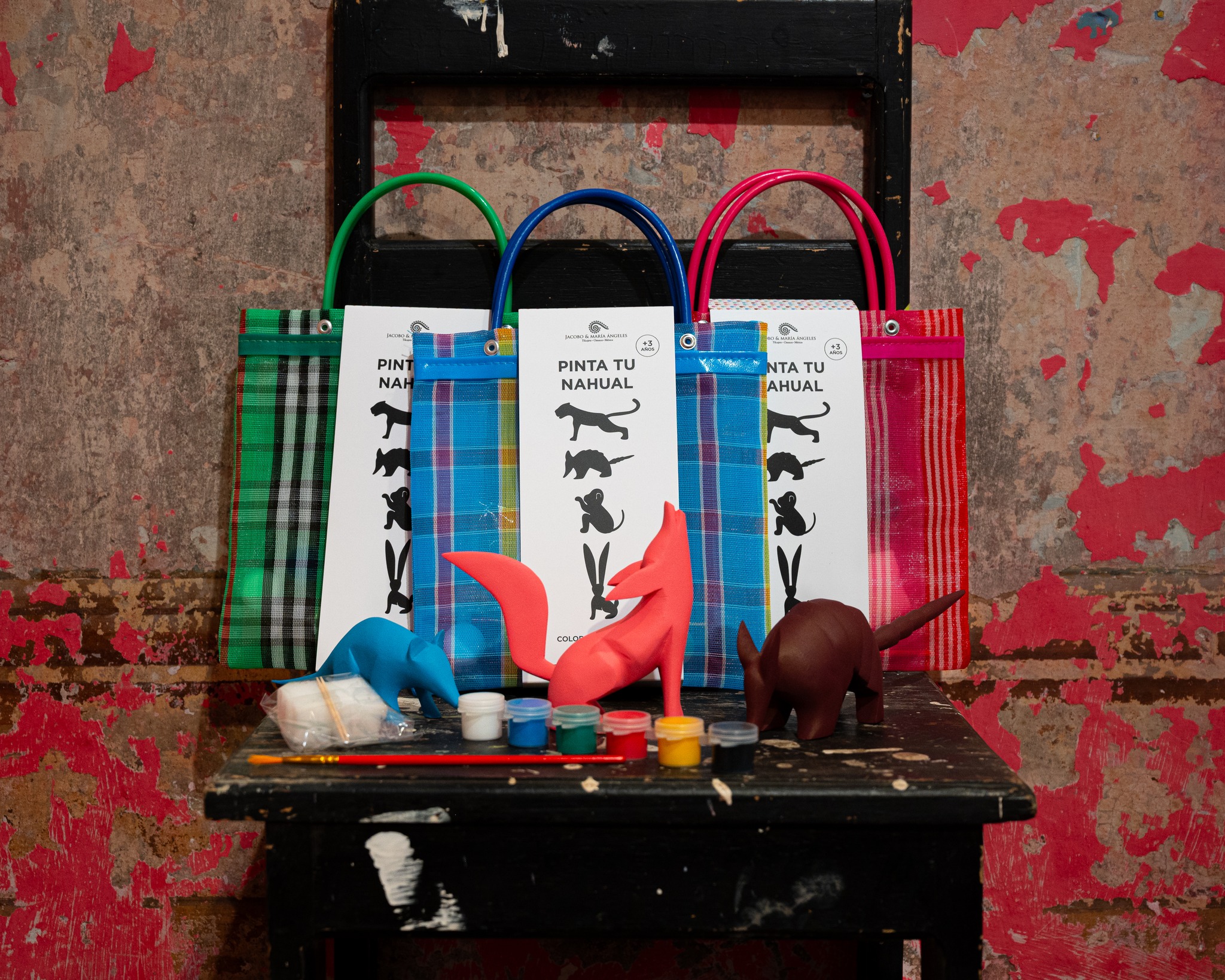
Photo Credit: Voces de Copal
Graphic Art
Oaxaca is Mexico’s capital of graphic art, or printmaking, with many galleries, workshops, and events around the city. Prints often reflect Oaxaca’s indigenous culture and folklore and include social and political commentary. Below are a few of the prominent graphic art shops in Oaxaca.
Espacio Zapata is run by the graphic art collective Assembly of Revolutionary Artists of Oaxaca (ASARO). Espacio Zapata has a gallery full of provocative, revolutionary art for sale.
Subterráneos is a school, workshop, and gallery for young artists. You’ll see many of the collective’s prints around town, which seek to highlight and address social issues through graphic art.
Taller Artístico Comunitario (TAC) is a gallery and workshop that highlights and supports young indigenous artists, with 100% of proceeds on prints going directly to the artisan.
Galería Taller La Máquina is a more upscale gallery and workshop with a large 1909 lithography press from France. The gallery features and sells graphic art from emerging and established artists.
Clothing
Oaxaca has an ancient tradition of weaving and embroidery using natural materials. Artisans from different villages have distinct textile traditions that reflect their communities’ unique style.
Oaxaca’s Textile Museum is a great place to learn more about the region’s textile art. The museum’s gift shop has a small but great collection of quality pieces of clothing for sale.
Los Baúles de Juana Cata is a well-known (and pricey) boutique owned by Remigio Mestas Revilla. His shop features a variety of high-quality, traditionally-made garments woven by local artisans.
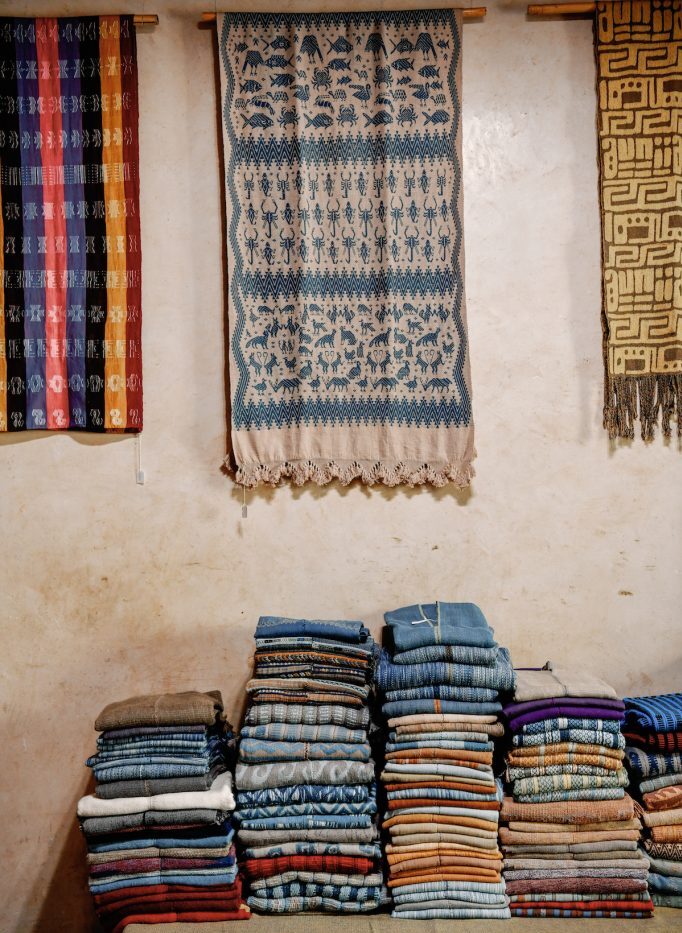
Photo Credit: Casa Zuma, Los Baúles de Juana Cata pictured
Postcards
Once in Oaxaca art cafe in Barrio de Jalatlaco is owned by Australian expat and artist Jaime Levin. Along with coffee, the cafe sells his hand-drawn postcards of local buildings you may recognize. I picked up postcards featuring the B&Bs I stayed at and of Oaxaca’s old Volkswagen Beetle cars.
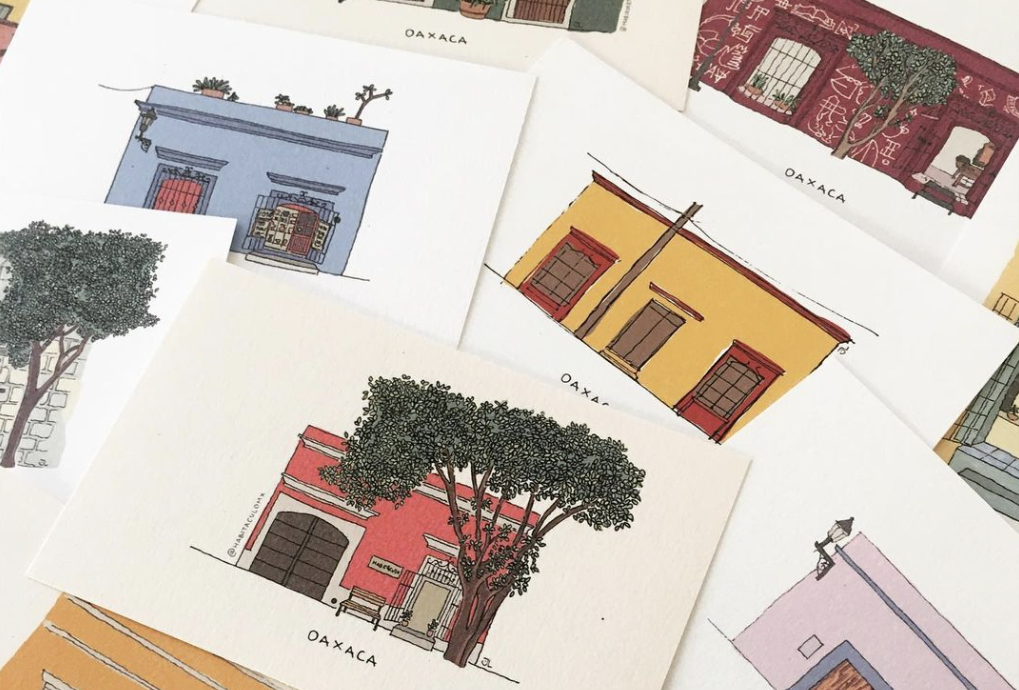
Photo Credit: Once in Oaxaca
Mezcal
Oaxaca is famous for its mezcal, which is made by distilling wild or cultivated agave. Most of Oaxaca’s mezcal is hand-made in small batches at family-run distilleries. Because of the vast number of agave plants used to make mezcal, the artisanal process, and the unique palate of each maestro mezcalero, or mezcal master, Oaxacan mezcals are incredibly unique and diverse.
In Oaxaca City, you can buy a nice bottle of mezcal to take home from mezcalerías like Mezcaloteca, Mezcalería In Situ, and Cuish Mezcalería. For a cheaper option (that might come in a plastic bottle), there’s the Unión de Palenqueros, an atmospheric storefront for a union of small local producers. It has quality mezcal at a great price but gets mixed reviews on customer service.

Unión de Palenqueros
Oaxacan Chocolate
Cacao has been core to the culture and cuisine of Mesoamerica for millennia. Today, Oaxaca is the center of Mexico’s chocolate production. Locals often drink chocolate de agua (chocolate with water) for breakfast. Chocolate is also a key ingredient in Oaxaca’s famous mole negro sauce.
For high-quality, premium chocolate, I recommend third-generation chocolatier Rito Chocolatería. Rito’s sells great food gifts, like artisanal Oaxacan chocolate disks and wooden molinillos, which are used to froth hot chocolate so you can make the beverage at home. They also sell chocolate bars blended with local ingredients like chiles and mole negro paste for cooking at home.

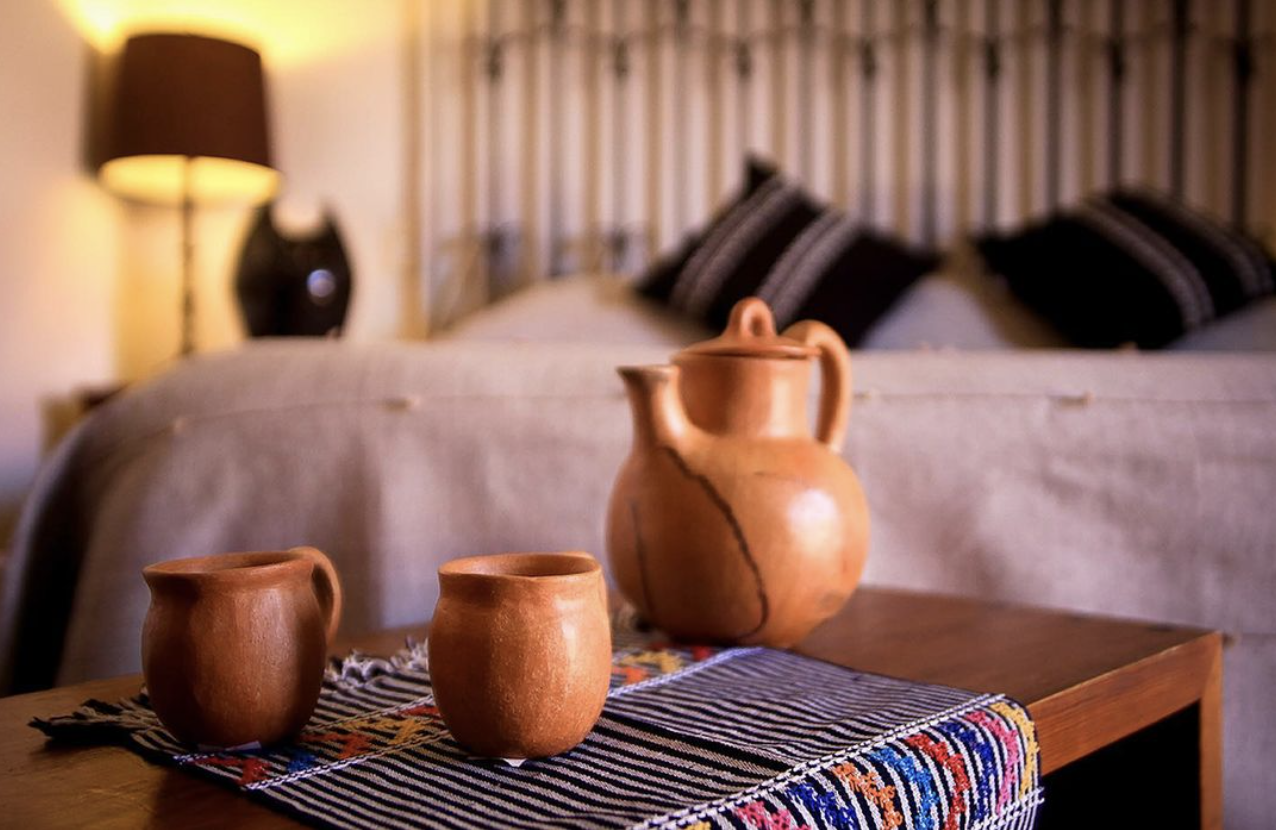
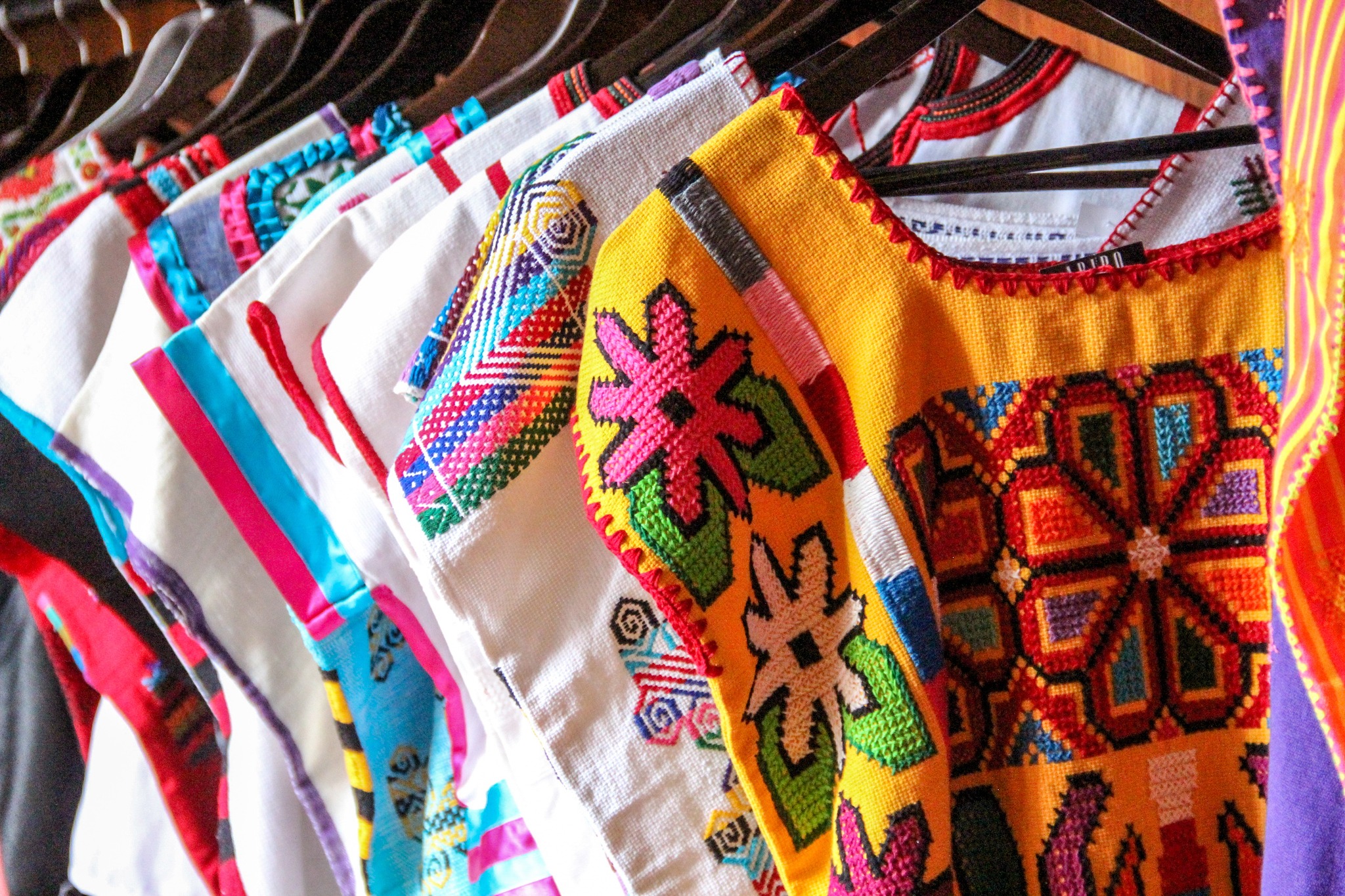
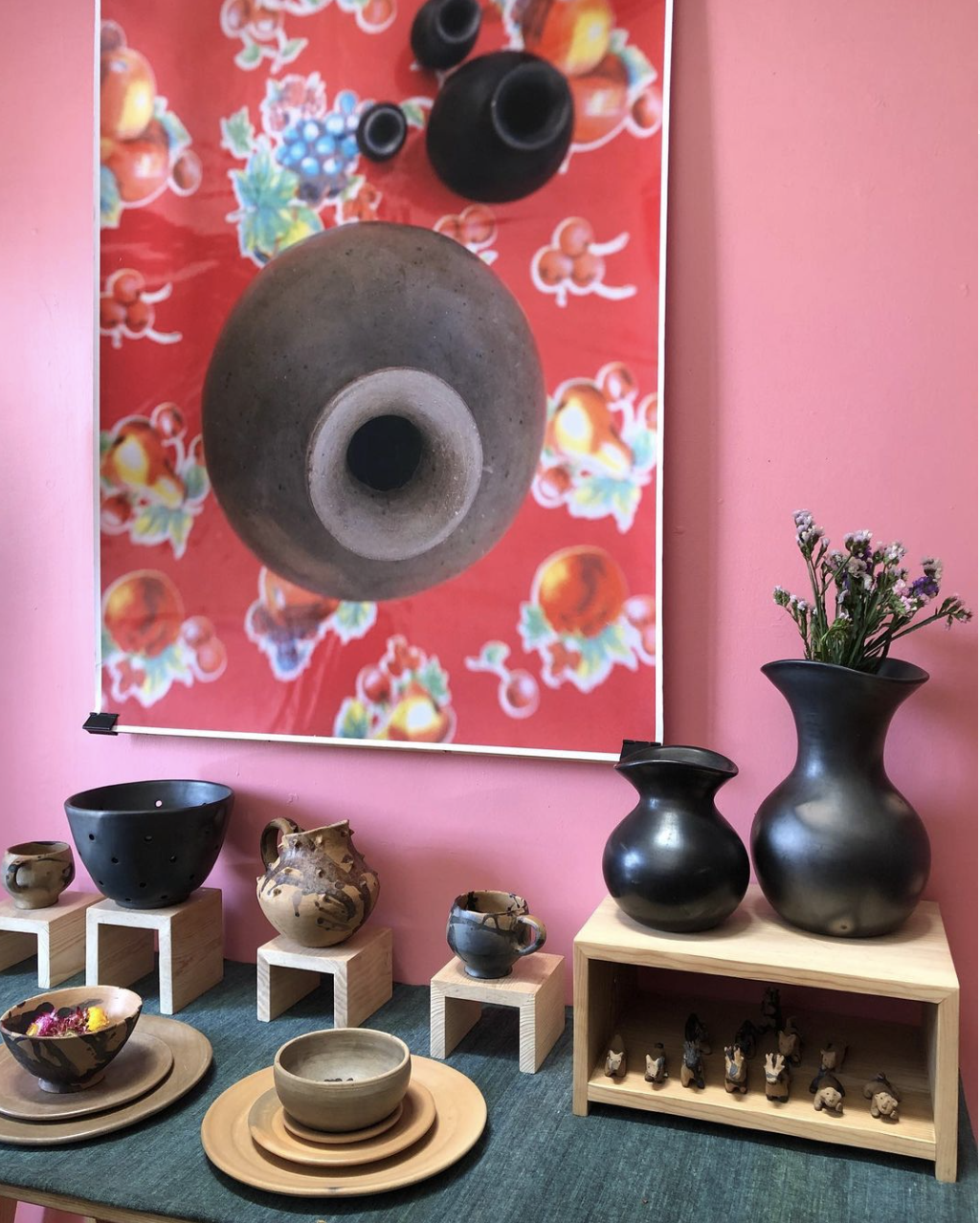
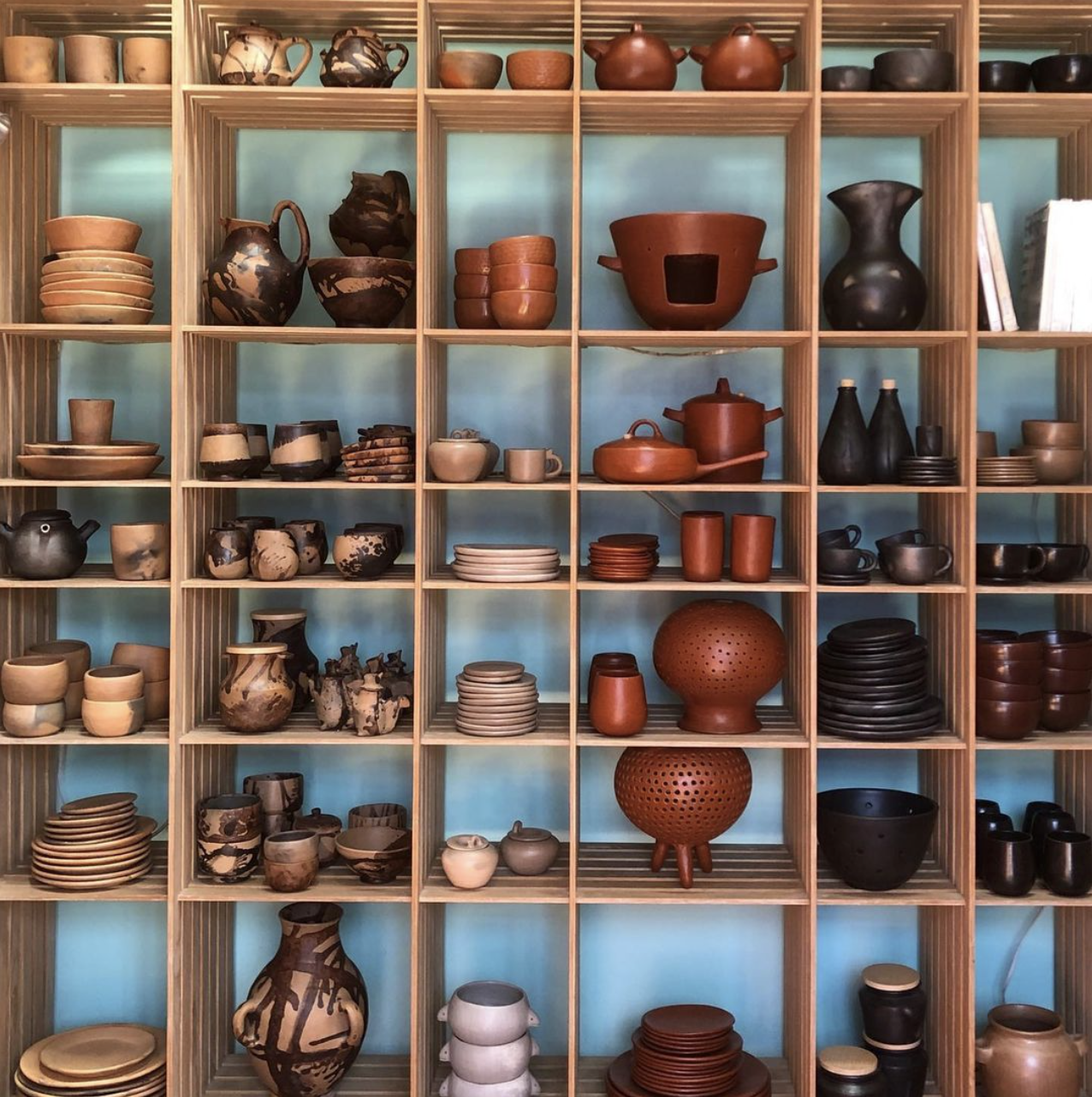
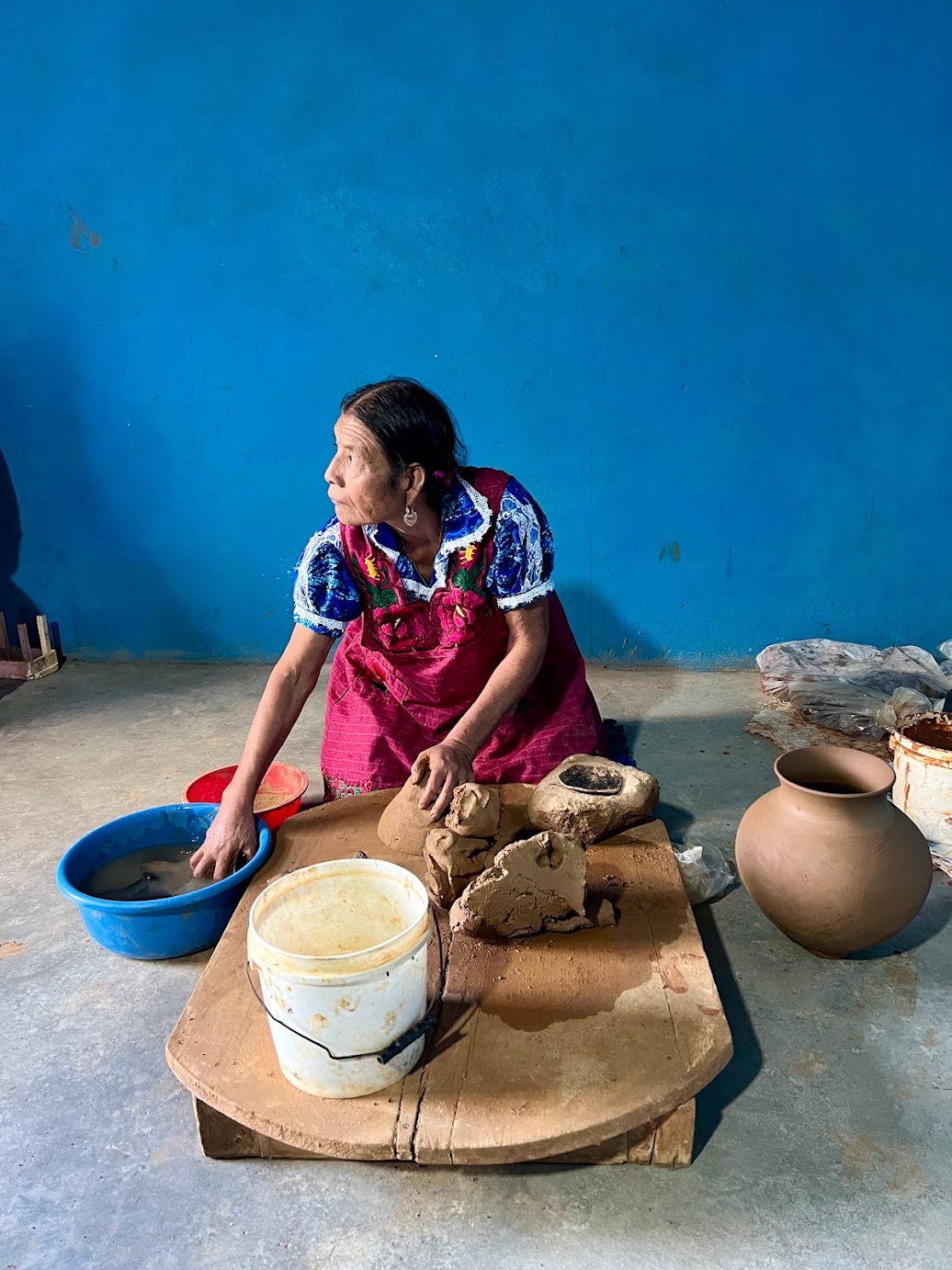



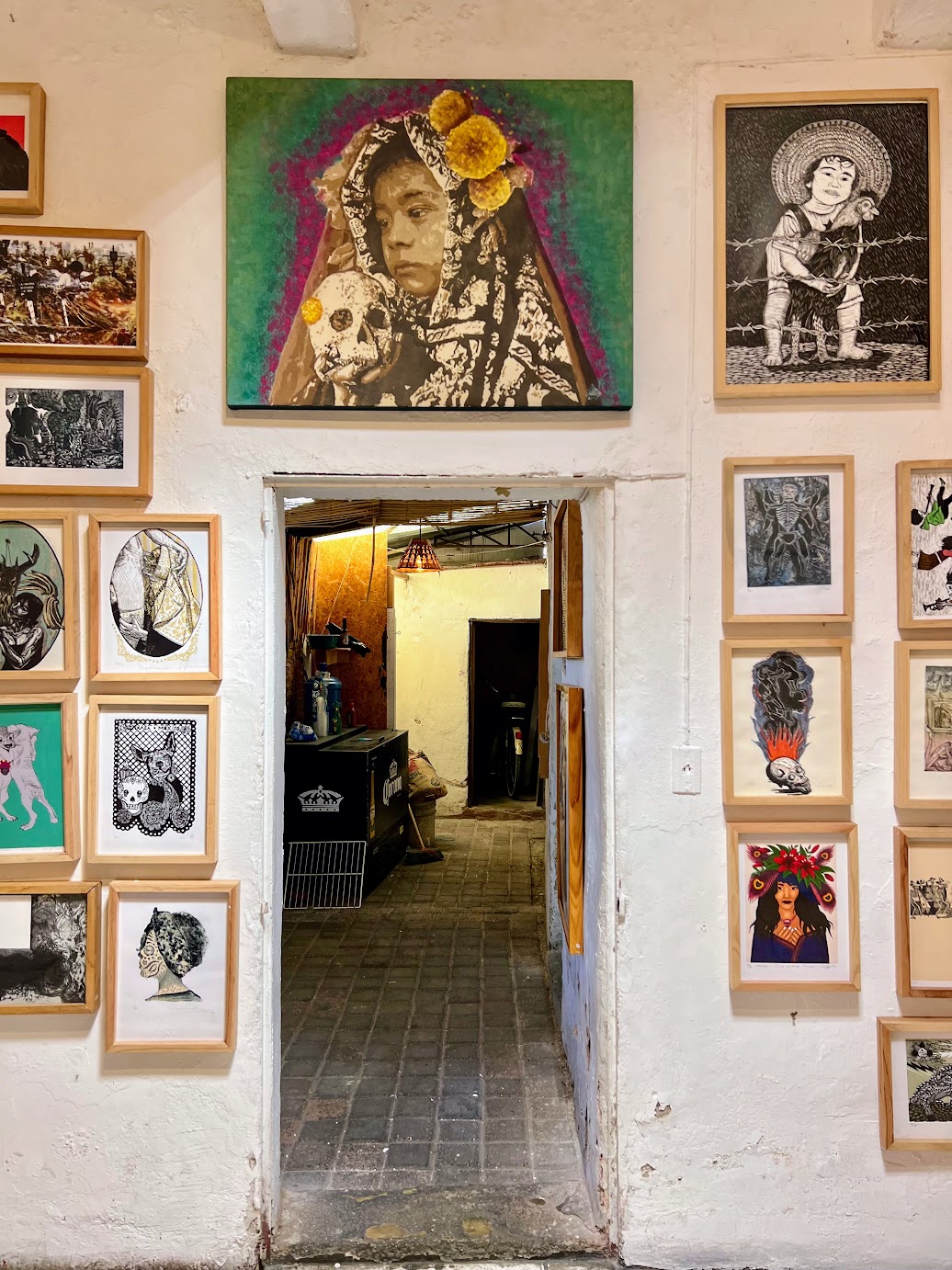
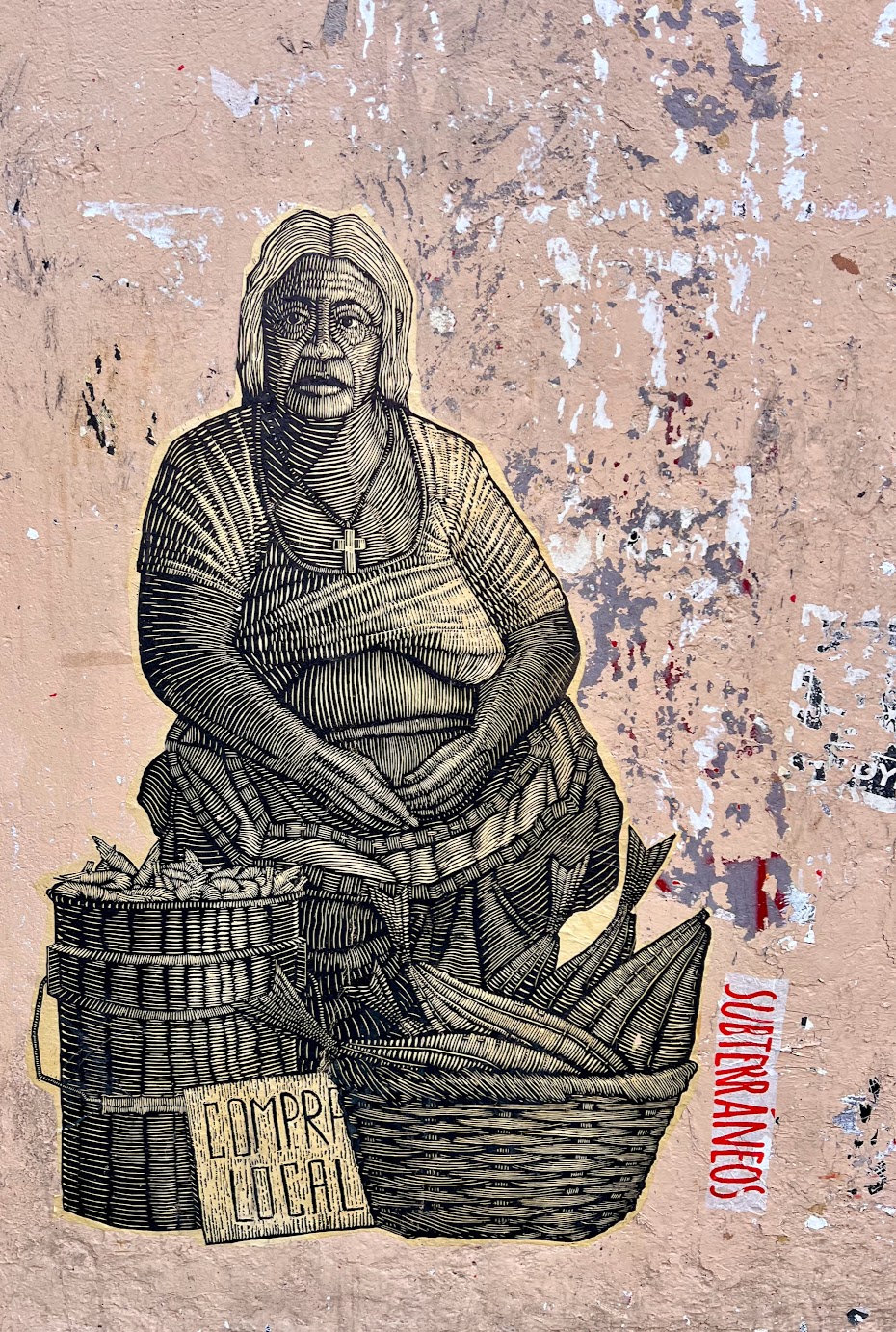

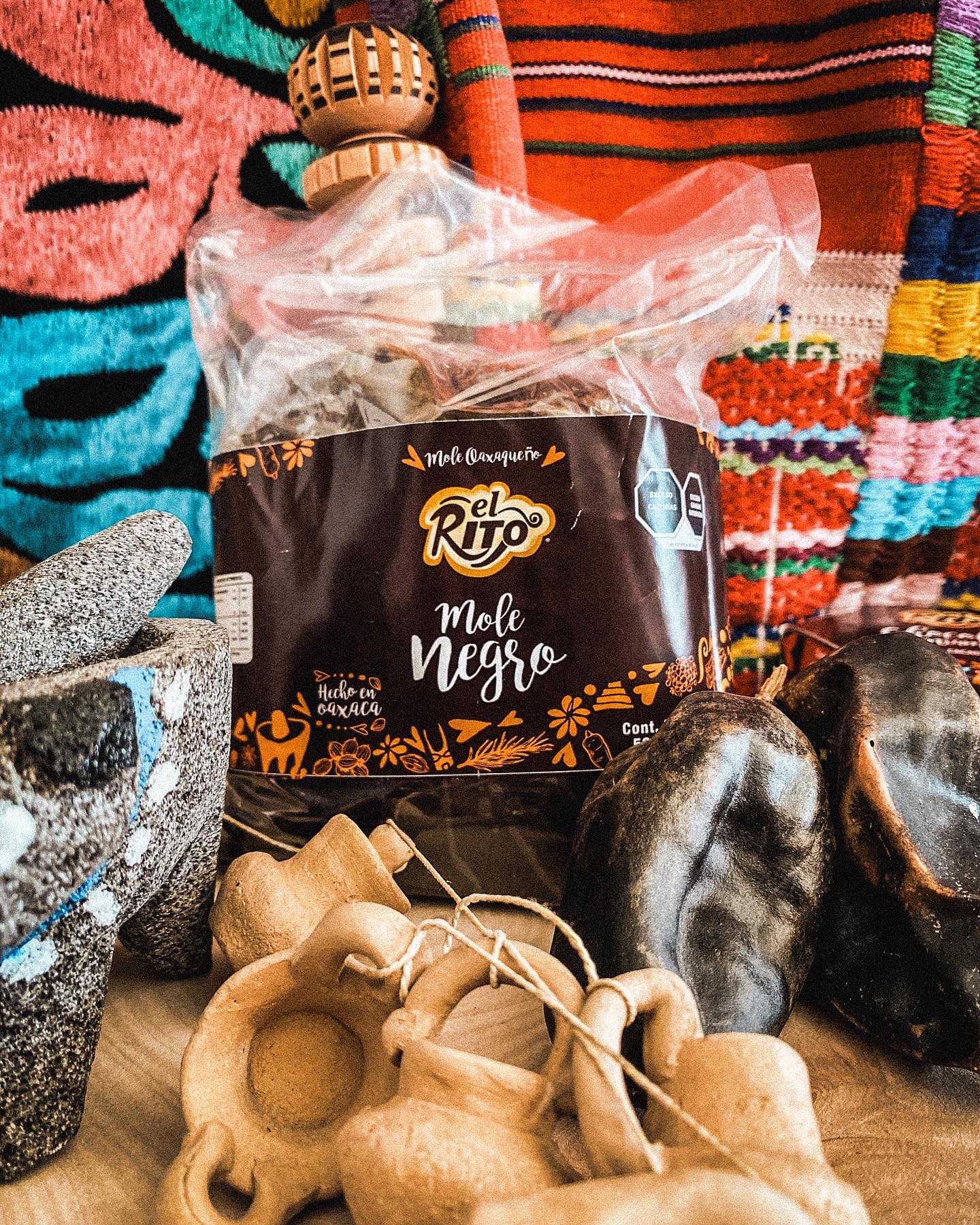
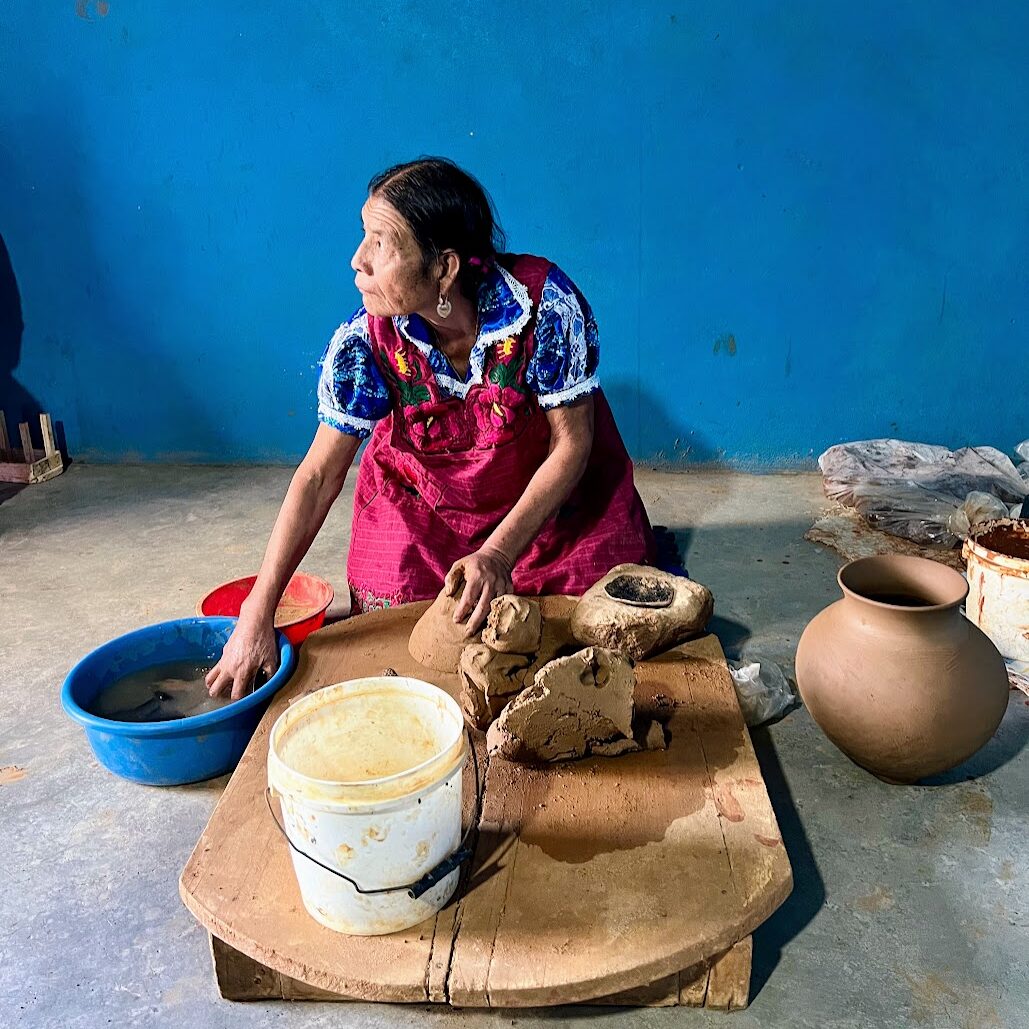
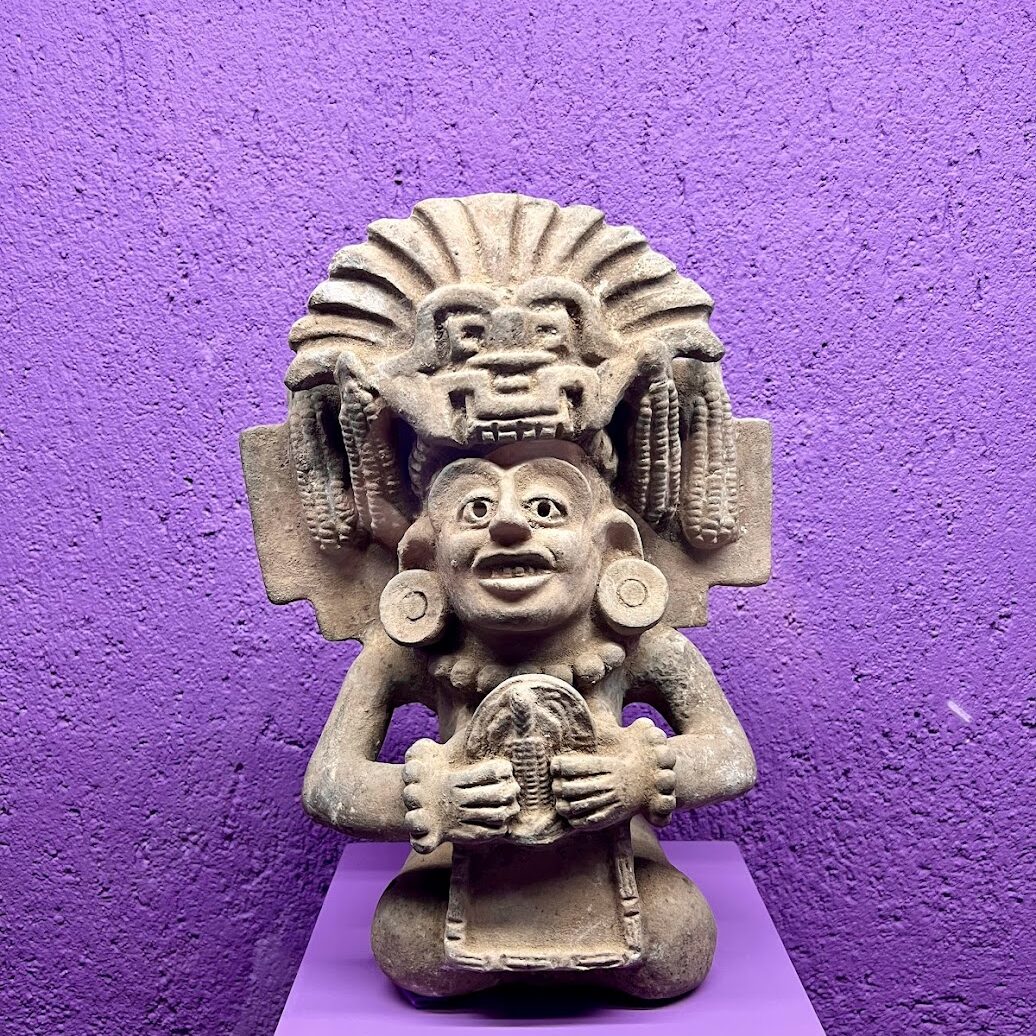
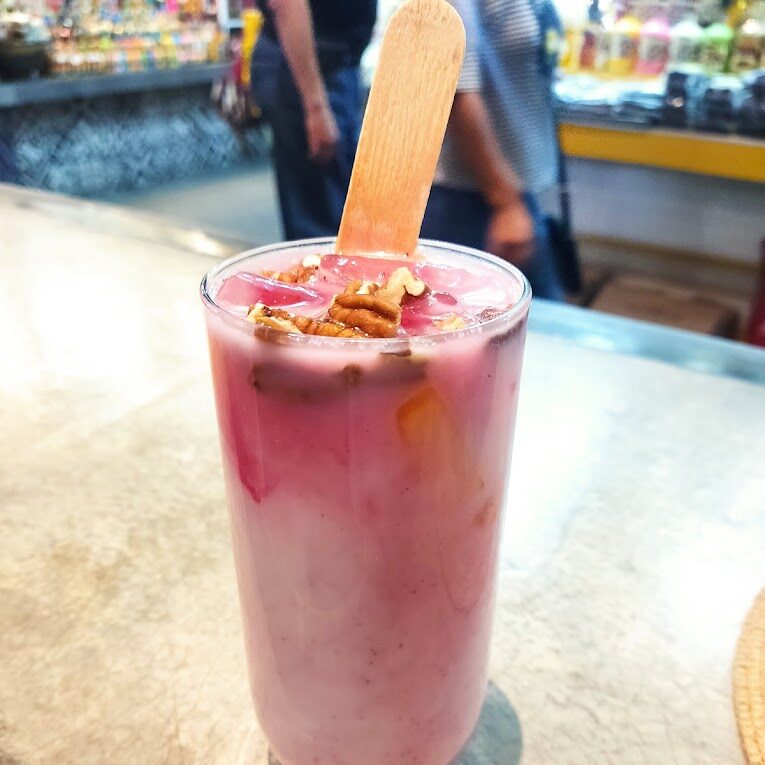
Leave A Comment